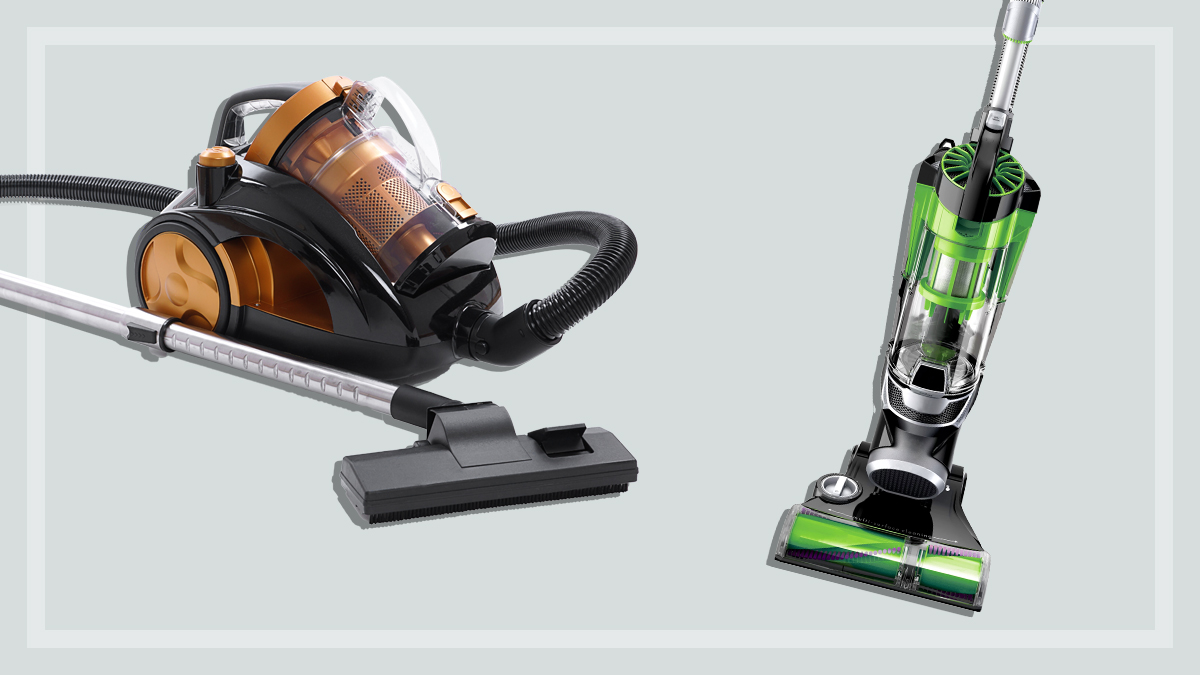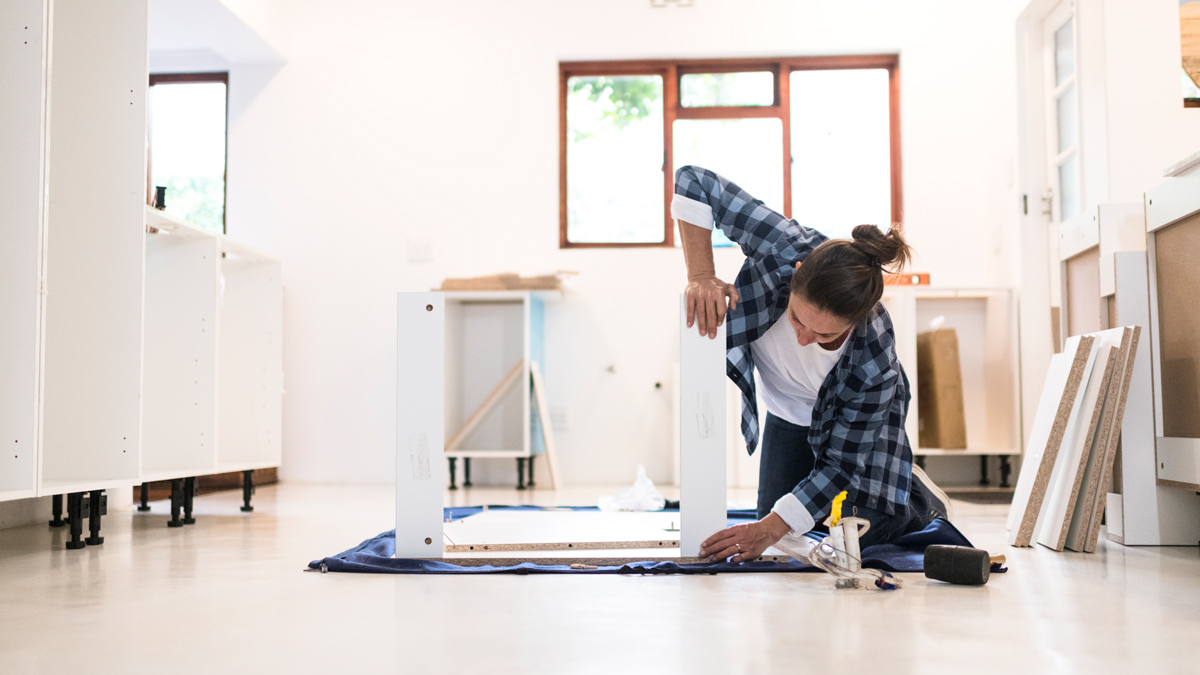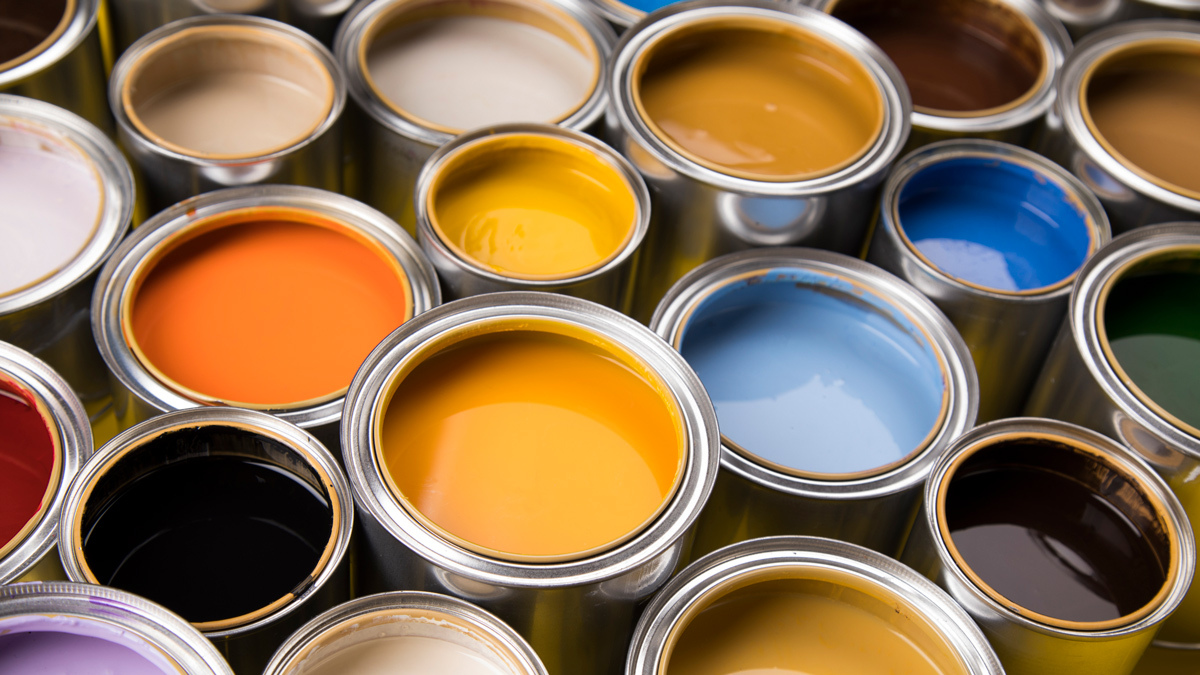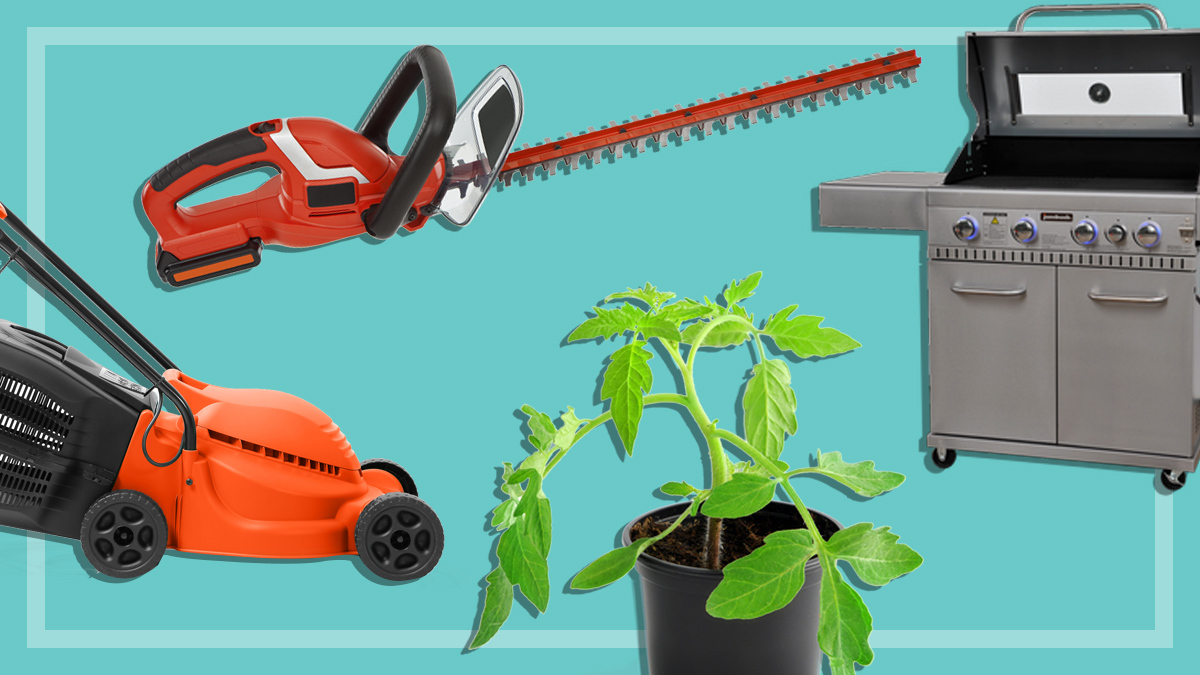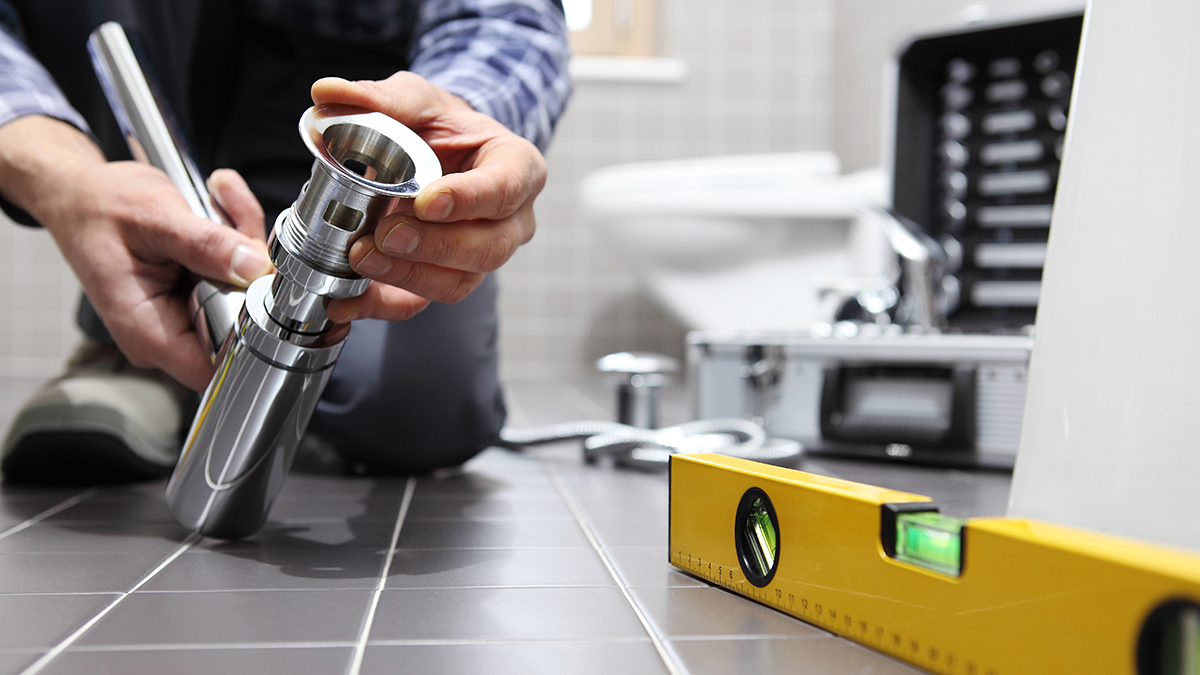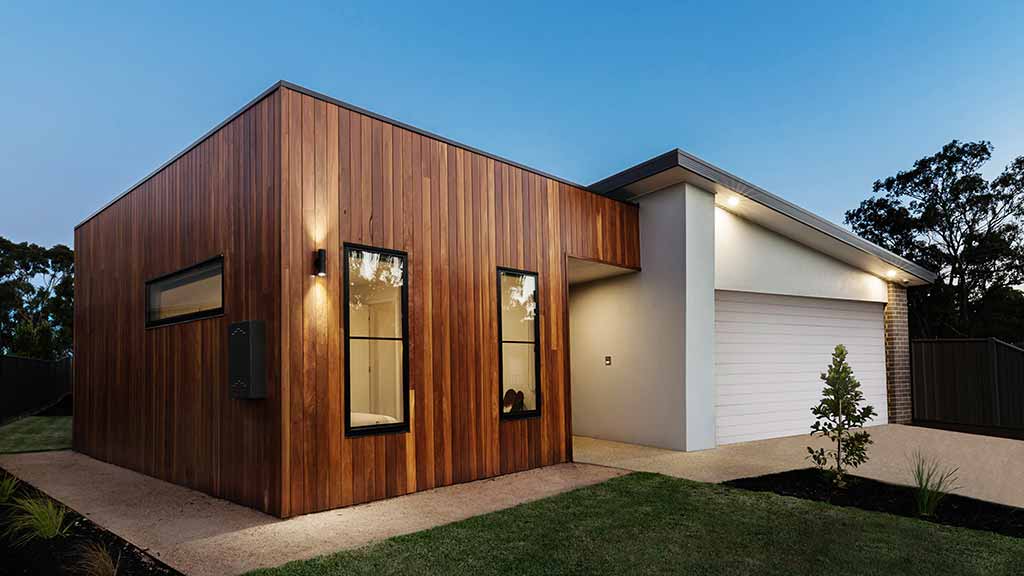Get our independent lab tests, expert reviews and honest advice.
How to buy the best flooring
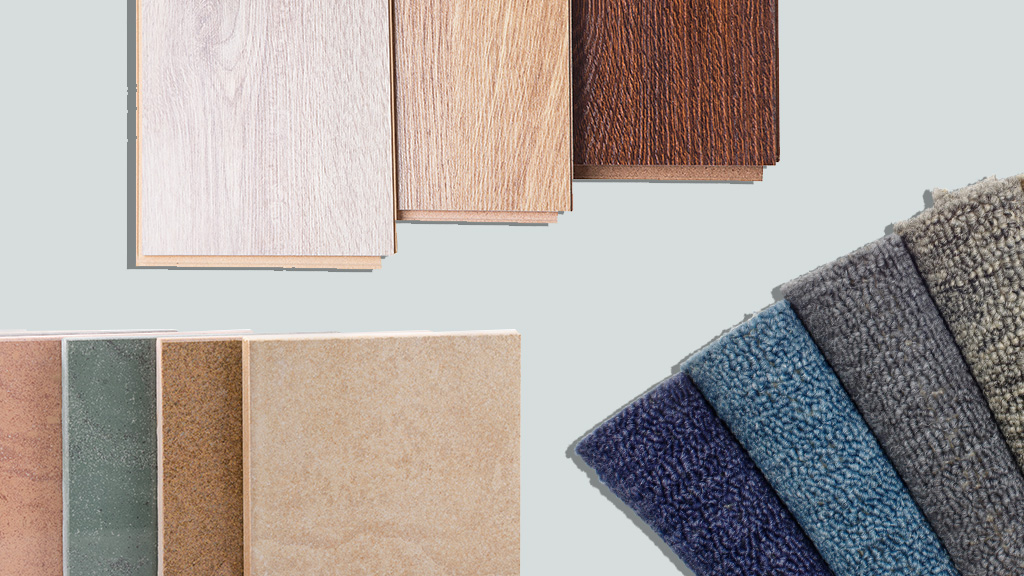
Anyone who owns their own home will need to make a flooring decision sooner or later. Even if you rent, you may get a say when the landlord kindly decides to update that ugly brown ’70s linoleum in the kitchen.
On this page:
- Get covered with the basics
- Know your flooring
- Other things to consider
- Asthma and allergies an issue?
There are many different kinds of flooring on the market today and lots of new ‘green’ flooring products. It can be difficult to know where to start.
Get covered with the basics
Because flooring has a major influence on the feel and mood of a room, it’s important to make the right choice. And, ka-ching, it’s expensive, so even more reason to get it right. You have to consider how much traffic it’ll get and factor in maintenance and durability, as well as appearance, comfort and cost.
This overview takes you through the pros and cons of different flooring options and suggests what’s best in different rooms.
Know your flooring
Soft flooring
Soft flooring options include carpet and natural fibre alternatives such as sisal and jute. They are comfortable to walk on and good for insulation.
- Carpet keeps your home cooler in summer and warmer in winter, it’s quiet to walk on and helps insulate noise, it’s not slippery (which is good for older people), and it’s relatively easy to maintain. However, it’s not as easy to keep clean as hard floors, and stains can spoil the look.
- Natural fibre flooring includes sisal, which is made from the leaves of the agave plant; coir, made from coconut husks; and seagrass. These materials are durable and very stain-resistant (if spills are cleaned properly and quickly), but colours and styles are limited and on the whole they feel rougher than regular carpet. Jute, which is extracted from the inner bark of a plant grown in Asia, is a finer floor covering and softer to walk on, but it’s generally not recommended for high traffic areas. Natural fibre coverings such as these should not be used near wet areas.
Hard flooring
Hard flooring options cover timber, tiles, polished concrete, cork, rubber and vinyl. They’re easy to clean and durable.
- Timber flooring, including floating floors and bamboo flooring, is highly durable and if well sealed will be resistant to spills, stains and chemicals. It’s easy to look after, good for people with allergies and it won’t take on the smell of your beloved pooch or pussycat like carpet does. However, high traffic areas will need buffing and recoating every three to four years. This isn’t just about keeping it looking good – it’s about maintaining moisture resistance to prevent warping and other problems. Huge scratches mean re-sanding an entire area which is quite a bit more expensive than buffing.
- Tiles are hard-wearing, easy to look after, moisture-resistant (if sealed) and cool underfoot in summer. However, they’re pretty hard on the feet if you’re standing a long time, and they can be cold in winter unless you have underfloor heating or use rugs to walk on.
- Polished concrete has a modern look, is easy to clean and, depending on the quality of seal, can be hard-wearing. Like tiles, it’s hard underfoot and very unforgiving of falls (think kids or elderly people) or dropped crockery, and can be cold in winter unless the sun can heat it up. Like wood, it may need to be resealed every so often.
- Cork is hard-wearing while also being comfy, soft and warm to walk on. Sealed cork flooring is easy to clean and will resist fading – it actually goes darker if it has the sun on it. Polyurethane, over time, will go a dark, yellow colour. If it isn’t well sealed it’ll be susceptible to water and stains.
- Rubber flooring is soft underfoot, durable and won’t fade quickly. Cons include being relatively difficult to clean and poor resistance to marks, stains and indentations.
- Vinyl flooring comes in an almost unlimited range of styles, patterns and colours. It’s easy to maintain, is fairly soft underfoot and won’t fade quickly. It’s more affordable and easier to install – even DIY – than the other flooring types. Cons include poor resistance to scratching and indentations. Cheaper versions may only be suitable as a short-term flooring option. Vinyl plank is also available which is a newer type of vinyl. It doesn’t get glued down so if one plank gets damaged, you don’t need to pull the whole lot up. Some even have acoustics built into them.
Other things to consider
Where’s it going?
You need to choose flooring that works with the purpose of the room or the area. You’ll probably need more than one type throughout the house.
In living rooms the aim is usually to combine good looks with practicality. Timber (possibly teamed up with rugs) and carpet are the most popular options.
- In the kitchen you want flooring that cleans up quickly and easily – generally, hard flooring like tile, stone and timber is a good choice. Love to make risotto? A mat in spots where you stand a long time can make it more comfortable. Some softer floorings such as sealed cork, vinyl or even rubber can also work well in kitchens.
- Tiles are ideal for the bathroom, but they need to be non-slip and the grout should be sealed as well as the tiles. Timber is less practical and needs to be properly waterproofed.
- In bedrooms, carpet is king. It looks and feels soft and luxurious, it’s warm and cosy underfoot in winter, and provides sound and temperature insulation. The downside is it needs regular vacuuming to keep dust and allergen levels low. Timber is the next most popular choice, and it does look great and is easy to care for, but it can be noisy and not very effective at insulation. Floor rugs help, particularly in winter.
- The rough and tumble treatment dealt out in a kids play room begs for hard-wearing flooring, and preferably cheap enough so you don’t have a heart attack when they get a little too creative with the paints. Since kids spend a lot of time on the floor, softer coverings may be more comfortable. Consider cheap polypropylene carpet, cork or vinyl. When it becomes the teenage retreat, you can replace it. Or not.
Asthma and allergies an issue?
There’s a lot of conflicting research about whether people with allergies should have wall-to-wall carpet.
Allergies are often caused by house dust mites, which thrive in warm, humid environments and are commonly found in carpet, bedding, soft furnishings and clothing.
However, there’s also a growing body of research that suggests carpet actually traps the dust mites rather than allowing them to become airborne and is therefore more beneficial to allergy sufferers.
While research continues, many experts are still advising people with allergies to go for hard floor coverings that can be easily cleaned, and floor rugs that can be washed and exposed to sunlight.

